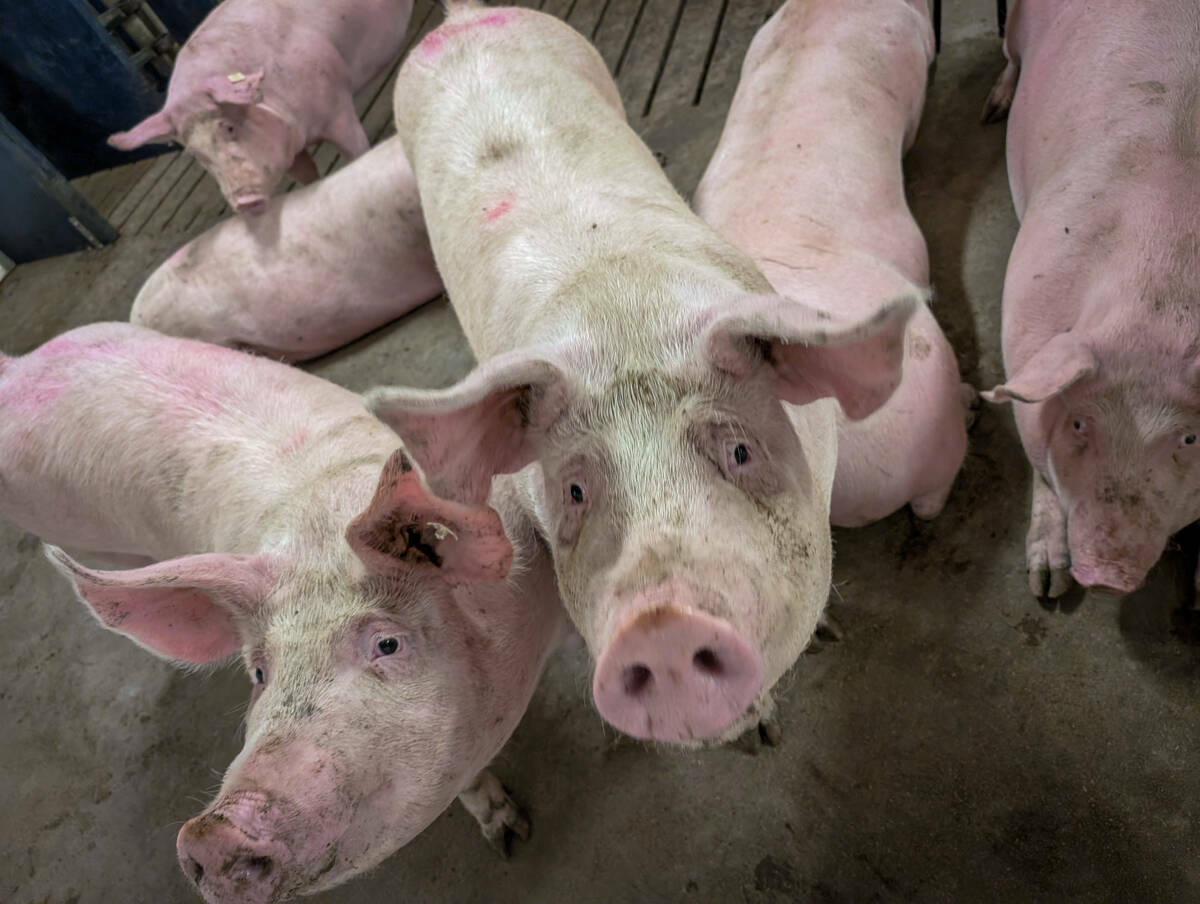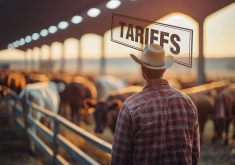Even the overview of protocols set out in the Certified Sustainable Beef Framework runs nearly 60 pages. But here are a few of the ‘indicators’ for cattle producers from the five areas that the framework covers:
Natural Resources
One of the goals is to maintain or enhance water quality. To score 1 (a.k.a. Achievement level), riparian areas and wetlands must be monitored and managed while potential sources of contamination must be identified and mitigated. Having grazing and nutrient management plans merits a 2 (or Innovation) while documenting what happens when cattle are on pasture, reviewing that information, and periodically updating the plans gives a score of 3 (Excellence).
Read Also

Ottawa pauses update on food from cloned livestock
Health Canada has indefinitely suspended a proposed update to the novel food policy governing foods derived from cloned cattle and swine, as well as their progeny.
Other indicators in this area cover soil health, carbon sequestration, air quality in barns, and maintaining habitat for wildlife.
Animal Health and Welfare
Many of the indicators in this area come directly from the Beef Code of Practice, with higher scores given to operations that go beyond basic requirements and implement a greater number of recommended practices. This is, by far, the longest section of the summary.
People and the Community
This section deals with creating a safe workplace where everyone (including family members) are “treated with equity and respect in all instances.” Ensuring workers have the knowledge and equipment to safely do their job merits a 1 while having a formal and documented health and safety program that includes risk assessment and training earns a 3.
Food
An operation unable to get at least a 1 for these indicators has some serious issues. For example, a 0 is given for “knowingly shipping cattle that will end up immediately at slaughter prior to the completion of drug withdrawal time or with broken needles without notifying (the) next owner.” To get a 1 on the beef quality indicator, a producer only has to “be aware of the factors that influence quality beef.” Those operations that actually employ practices that improve meat quality get a 2 while documenting those efforts earns a score of 3.
Efficiency and Innovation
This covers topics such as recycling and waste management, energy efficiency, and crop inputs.
The complete summary for beef production as well as other overviews for processors, auditors, and certification bodies can be found at the Canadian Roundtable for Sustainable Beef website.















